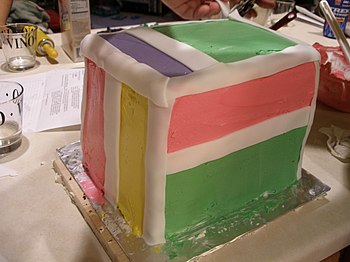 |
| Children gardening (Photo credit: Wikipedia) |
Apparently, we can see how nature is treated these days. It is a sad thing to know that people do not pay attention so much anymore to environmental problems. What can we do about this? It's as simple as starting with the children. It is good to see the children's involvement with environment-friendly activities. One such nature-loving activity that children could easily get their hands on is gardening. Why should you consider gardening for your children?
Here are the benefits that gardening could easily provide the children with:
1. Science
In planting, children are indirectly taught the wonders of science like the plant's life cycle and how human intervention can break or make the environment. They can have a first-hand experience of the miracle of life through a seed. This would definitely be a new and enjoyable experience for the kids.
2. Life
Watching a seed grow into a tree is just as wondrous as the conception to birth and growth of a child. In time, kids will learn to love their plants and appreciate the life in them. Gardening could actually help simulate how life should be treated -- it should be with care. The necessities to live will be emphasized to kids with the help of gardening - water, sunlight, air, soil. Those necessities could easily correspond to human necessities, i.e., water, shelter, air, food. By simply weeding out, one could educate how bad influences should be avoided to be able to live life smoothly.
3. Relaxation
Studies show that gardening can reduce stress because of its calming effect. This is applicable to any age group. More so, it stimulates all the five senses. Believe it or not, gardening may be used as a therapy for children who have been abused or those who are members of broken homes. It helps build one's self-esteem.
4. Quality Time with the Family
You can forget about your stressful work life for a while be soothed by the lovely ambiance in the garden. You can play and spend quality time with your children. You can talk while watering the plants or you can work quietly beside each other. The bottom line is, always do what you have to do, together with your kids. You might discover a lot of new things about your child while mingling with them in your garden.
Let kids become aware of their environment's needs. And one way to jumpstart that environmental education may be through gardening. It's hitting two birds with one stone -- teach them to respect life while you bond with them.







